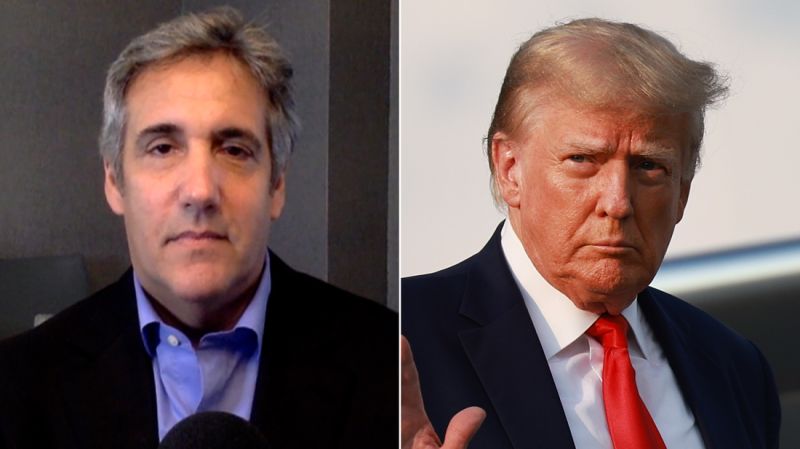Ma, W. et al. Chiral inorganic nanostructures. Chem. Rev. 117, 8041–8093 (2017).
Copeland, L. O. & McDonald, M. B. in Principles of Seed Science and Technology 59–110 (Springer, 1999).
Zhang, Q. et al. Unraveling the origin of chirality from plasmonic nanoparticle-protein complexes. Science 365, 1475–1478 (2019).
Guerrero-Martínez, A., Alonso-Gómez, J. L., Auguié, B., Cid, M. M. & Liz-Marzán, L. M. From individual to collective chirality in metal nanoparticles. Nano Today 6, 381–400 (2011).
Kuznetsova, V. A. et al. Enantioselective cytotoxicity of ZnS:Mn quantum dots in A549 cells. Chirality 29, 403–408 (2017).
Sun, M. et al. Site-selective photoinduced cleavage and profiling of DNA by chiral semiconductor nanoparticles. Nat. Chem. 10, 821–830 (2018).
Kotov, N. A. Inorganic nanoparticles as protein mimics. Science 330, 188–189 (2010).
Cagno, V. et al. Broad-spectrum non-toxic antiviral nanoparticles with a virucidal inhibition mechanism. Nat. Mater. 17, 195–203 (2018).
Wang, D. et al. Engineering nanoparticles to locally activate T cells in the tumor microenvironment. Sci. Immunol. 4, eaau6584 (2019).
Gérard, V. A. et al. Plasmon-induced CD response of oligonucleotide-conjugated metal nanoparticles. Chem. Commun. 47, 7383 (2011).
Yeom, J. et al. Chiromagnetic nanoparticles and gels. Science 359, 309–314 (2018).
Ma, W. et al. Attomolar DNA detection with chiral nanorod assemblies. Nat. Commun. 4, 2689 (2013).
Zheng, G. et al. Tuning the morphology and chiroptical properties of discrete gold nanorods with amino acids. Angew. Chem. Int. Edn 57, 16452–16457 (2018).
Chen, W. et al. Nanoparticle Superstructures Made by Polymerase Chain Reaction: Collective Interactions of Nanoparticles and a New Principle for Chiral Materials. Nano Lett., 9, 2153–2159 (2009).
Singh, G. et al. Self-assembly of magnetite nanocubes into helical superstructures. Science 345, 1149–1153 (2014).
Molotsky, T., Tamarin, T., Ben Moshe, A., Markovich, G. & Kotlyar, A. B. Synthesis of chiral silver clusters on a DNA template. J. Phys. Chem. C 114, 15951–15954 (2010).
Im, S. W. et al. Chiral surface and geometry of metal nanocrystals. Adv. Mater. 32, 1905758 (2020).
Wang, J. et al. Physical activation of innate immunity by spiky particles. Nat. Nanotechnol. 13, 1078–1086 (2018).
Geva, M., Frolow, F., Eisenstein, M. & Addadi, L. Antibody recognition of chiral surfaces. Enantiomorphous crystals of leucine-leucine-tyrosine. J. Am. Chem. Soc. 125, 696–704 (2003).
Walkey, C. D., Olsen, J. B., Guo, H., Emili, A. & Chan, W. C. W. Nanoparticle size and surface chemistry determine serum protein adsorption and macrophage uptake. J. Am. Chem. Soc. 134, 2139–2147 (2012).
del Pino, P. et al. Protein corona formation around nanoparticles—from the past to the future. Mater. Horiz. 1, 301–313 (2014).
Wang, X. et al. Chiral surface of nanoparticles determines the orientation of adsorbed transferrin and its interaction with receptors. ACS Nano 11, 4606–4616 (2017).
Kim, J.-Y. et al. Assembly of gold nanoparticles into chiral superstructures driven by circularly polarized light. J. Am. Chem. Soc. 141, 11739–11744 (2019).
Yeom, J. et al. Chiral templating of self-assembling nanostructures by circularly polarized light. Nat. Mater. 14, 66–72 (2015).
Ou, Z., Wang, Z., Luo, B., Luijten, E. & Chen, Q. Kinetic pathways of crystallization at the nanoscale. Nat. Mater. 19, 450–455 (2020).
Karst, J. et al. Chiral scatterometry on chemically synthesized single plasmonic nanoparticles. ACS Nano 13, 8659–8668 (2019).
González-Rubio, G. et al. Femtosecond laser reshaping yields gold nanorods with ultranarrow surface plasmon resonances. Science 358, 640–644 (2017).
Saito, K. & Tatsuma, T. Chiral plasmonic nanostructures fabricated by circularly polarized light. Nano Lett. 18, 3209–3212 (2018).
Lee, H.-E. et al. Amino-acid- and peptide-directed synthesis of chiral plasmonic gold nanoparticles. Nature 556, 360–365 (2018).
Zhang, Q. et al. Neutrophil membrane-coated nanoparticles inhibit synovial inflammation and alleviate joint damage in inflammatory arthritis. Nat. Nanotechnol. 13, 1182–1190 (2018).
Pelliccia, M. et al. Additives for vaccine storage to improve thermal stability of adenoviruses from hours to months. Nat. Commun. 7, 13520 (2016).
Xia, Y. et al. Exploiting the pliability and lateral mobility of Pickering emulsion for enhanced vaccination. Nat. Mater. 17, 187–194 (2018).
Langenhan, T., Aust, G. & Hamann, J. Sticky signaling—adhesion class G protein-coupled receptors take the stage. Sci. Signal. 6, re3 (2013).
Oldham, W. M. & Hamm, H. E. Heterotrimeric G protein activation by G-protein-coupled receptors. Nat. Rev. Mol. Cell Biol. 9, 60–71 (2008).
Ferguson, S. M. & De Camilli, P. Dynamin, a membrane-remodelling GTPase. Nat. Rev. Mol. Cell Biol. 13, 75–88 (2012).
Richards, D. M. & Endres, R. G. Target shape dependence in a simple model of receptor-mediated endocytosis and phagocytosis. Proc. Natl Acad. Sci. USA 113, 6113–6118 (2016).
Mahmoudi, M., Azadmanesh, K., Shokrgozar, M. A., Journeay, W. S. & Laurent, S. Effect of nanoparticles on the cell life cycle. Chem. Rev. 111, 3407–3432 (2011).
Murray, P. J. & Wynn, T. A. Protective and pathogenic functions of macrophage subsets. Nat. Rev. Immunol. 11, 723–737 (2011).
Ohta, S., Glancy, D. & Chan, W. C. W. DNA-controlled dynamic colloidal nanoparticle systems for mediating cellular interaction. Science 351, 841–845 (2016).
Naur, P. et al. Ionotropic glutamate-like receptor 2 binds D-serine and glycine. Proc. Natl Acad. Sci. USA 104, 14116–14121 (2007).
Cobb, M. H. & Ross, E. M. in Mol. Biol. Cell 6th edn (eds Alberts, B. et al.) 589–643 (Garland, 2002).
Muñoz-Planillo, R. et al. K+ efflux is the common trigger of NLRP3 inflammasome activation by bacterial toxins and particulate matter. Immunity 38, 1142–1153 (2013).
Kefauver, J. M., Ward, A. B. & Patapoutian, A. Discoveries in structure and physiology of mechanically activated ion channels. Nature 587, 567–576 (2020).
Ranade, S. S., Syeda, R. & Patapoutian, A. Mechanically activated ion channels. Neuron 87, 1162–1179 (2015).
Galic, M. et al. External push and internal pull forces recruit curvature-sensing N-BAR domain proteins to the plasma membrane. Nat. Cell Biol. 14, 874–881 (2012).
Chen, L. et al. High-yield seedless synthesis of triangular gold nanoplates through oxidative etching. Nano Lett. 14, 7201–7206 (2014).
Johnson, P. B. & Christy, R. W. Optical constants of the noble metals. Phys. Rev. B 6, 4370–4379 (1972).







More News
A chemical method for selective labelling of the key amino acid tryptophan
More work is needed to take on the rural wastewater challenge
Any plan to make smoking obsolete is the right step